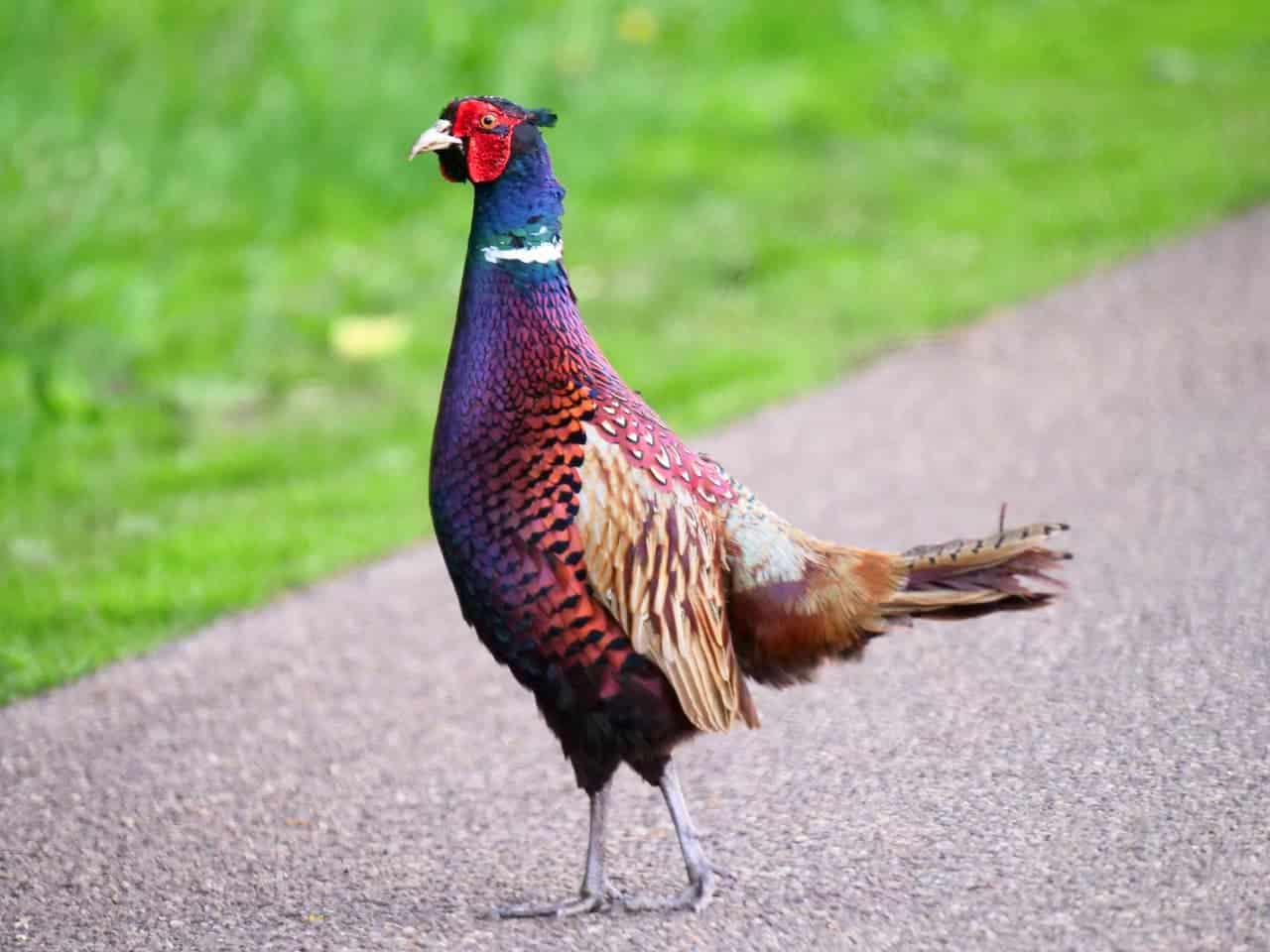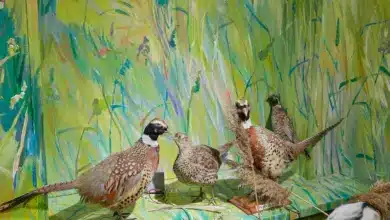Manipur Bush Quails
The Manipur Bush Quails (Perdicula manipurensis) is a species of quail found in India, inhabiting damp grassland, particularly stands of tall grass, in West Bengal, Assam, Nagaland, Manipur, and Meghalaya.
It was collected and described by Allan Octavian Hume on an ornithological expedition to Manipur in 1881.
P. manipurensis is listed as Vulnerable in IUCN’s Red List, as its habitat is small, fragmented, and rapidly shrinking. There was no confirmed sighting of the bird from 1932 until 2006, suggesting that it might have been extinct.
However, in June of the latter year, noted Indian birdwatcher and wildlife expert Anwaruddin Choudhury reported spotting the quail in Assam. While Choudhury was unable to photograph the bird, Indian wildlife authorities consider him a reliable witness. BBC News quoted the conservation director of the Wildlife Trust of India, Rahul Kaul, as saying, “This creature has almost literally returned from the dead.”
The following description of the species by Frank Finn (1911) suggests that the species was much more common.
Native name: Lanx-Soibol, Manipuri.
One of Mr. Hume’s most striking discoveries in Manipur, this pretty quail is very distinct in appearance from all our species.
Its plumage is slate-colour, mottled with black above, and buff below the breast, this colour is broken up into large spots by black markings which form a cross on every feather. The cock has a dark bay face, which at once distinguishes him from the hen. The bill is dark and horny, and the legs orange.
In length this species is about seven inches, with a wing a little over three, and a tail of two inches.
Mr. Hume discovered this species himself when in Manipur, and obtained nine specimens (all he saw except two which were lost) after immense labour and two days’ beating in an expanse of elephant grass covering broken ground about two miles square. The birds were in two coveys, and those shot were found to have fed upon both seeds and insects
A single bird was shot ten days later in the same district, and there is a specimen in the British Museum said to be from Sikkim.
But except for these few specimens, nothing more was known of the Manipur bush-quails till 1899, nearly twenty years after Mr. Hume discovered the bird, when Captain H. S. Wood, of the Indian Medical Service, presented one to the Indian museum, and Lieutenant H. H. Turner two others. Captain Wood, who had found the species quite common in Manipur, afterwards wrote an interesting note on it in the Asiatic Society’s Journal for 1899.
He had shot about eighty of these quail and did not consider them at all uncommon. The native name means “Trap Quail” as the Nagas snare numbers of them in nooses after jungle fires.
The birds breed in Manipur, and the egg is large in proportion to the size of the bird and greenish in colour with black and brown patches; unfortunately, Captain Wood’s specimens got broken in transit.
He found the birds hard to see except after the jungle fires from February to April as they kept to dense cover, and even after a fire their dark colour made them hard to see on the burnt grass they were always found close to water.
The coveys kept very close when running, and Captain Wood has bagged as many as four at a shot.
Quail Information … Quail Photo Gallery
‘Extinct’ quail sighted in India
From: http://news.bbc.co.uk/2/hi/south_asia/5125244.stm
June 28, 2006
A quail believed to have been extinct for nearly 80 years has been seen by a prominent ornithologist in the north-eastern Indian state of Assam.
The Manipur Bush-Quails was seen earlier this month by Anwaruddin Choudhury, a wildlife specialist.
Bird experts say that Mr Choudhury is highly respected and that they believe he saw the quail even though he was unable to photograph it.
Experts say the sighting is one of the most exciting in India in recent years.
Territory
“This creature has almost literally returned from the dead,” the Wildlife Trust of India’s conservation director, Rahul Kaul, told the BBC.
“Although there was always a chance that such a bird could be seen again because of the large expanse of territory it could inhabit in the north-east of India, it’s still a very exciting development.
“Now I hope other ‘extinct birds’ may re-appear, such as the Himalayan Quail – thought to be extinct for 125 years – and the Pink Headed Duck which also had not been seen for a long time,” Dr Kaul said.
The grey-and-black streaked quail was spotted by Mr Choudhury in Assam’s Manas National Park.
It used to reside extensively in eastern India and what is now Bangladesh.
Correspondents say it was last seen in 1932 in what is now the northeast Indian state of Manipur.
“I’m thrilled to be part of history by sighting this shy little bird after 74 years. It’s a rare privilege,” Mr Choudhury told the AFP news agency.
“The bird appeared like a flash in front of our jeep and after some time it slowly moved inside the thick undergrowth.
“I knew the moment I saw the bird it was the Manipur Bush-Quails. I’ve been on the lookout for this species for a very long time.”
The 25cm (10-inch) bird was formally identified in Manipur by British civil servant Allan Octavian Hume in 1880 when Britain ruled India.
The bird bred in grassland areas, and was usually seen in small groups of four to 12.



